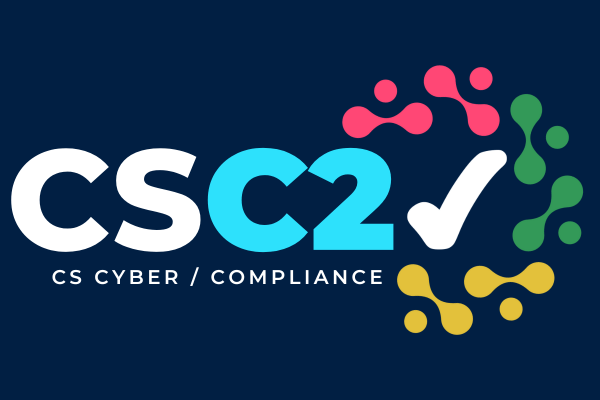ISO management system audits are essential for ensuring that organisations comply with international standards. However, even the most prepared companies can encounter nonconformities. Here are some of the most common issues we identify during these audits:
Documentation Issues
One of the most frequent nonconformities is inadequate or outdated documentation. This includes missing procedures, incomplete records, or documents that have not been updated to reflect current practices. Proper documentation is crucial for demonstrating compliance and ensuring consistency in operations.
Lack of Employee Training
Employees must be adequately trained on the ISO standards relevant to their roles. We as Auditors often find that training records are incomplete or that employees are unaware of the procedures they should follow. Regular training sessions and thorough record-keeping can help mitigate this issue.
Internal Audits
Internal audits are a key component of ISO management systems, but they are often neglected or improperly conducted. Common issues include audits not being performed regularly, lack of objectivity, and failure to address identified nonconformities. Ensuring a robust internal audit process can significantly improve compliance.
Management Review
ISO standards require regular management reviews to assess the effectiveness of the management system. Nonconformities in this area often involve infrequent reviews, lack of documented evidence, lack of top management involvement or failure to address issues raised during the review. Regular and thorough management reviews are essential for continuous improvement.
Corrective Actions
When nonconformities are identified, organisations must take corrective actions to address them. Common problems include failure to identify the root cause, inadequate corrective actions, and lack of follow-up to ensure the issue has been resolved. A systematic approach to corrective actions can help prevent recurrence.
Risk Management
ISO standards emphasize the importance of risk-based thinking. Nonconformities often arise from inadequate risk assessments, failure to implement risk controls, or lack of documentation. Effective risk management involves identifying potential risks, implementing controls, and regularly reviewing their effectiveness.
Supplier Management
Organisations must ensure that their suppliers also comply with relevant company policies. Common nonconformities include lack of supplier evaluations, inadequate monitoring of supplier performance, and failure to address supplier-related issues. Establishing a robust supplier management process can help maintain compliance throughout the supply chain.
Conclusion
Addressing these common nonconformities requires a proactive approach and a commitment to continuous improvement. By focusing on proper documentation, employee training, internal audits, management reviews, corrective actions, risk management, and supplier management, organisations can enhance their compliance with ISO standards and achieve better overall performance.
Still need help? Get in touch to see how we can help with all your ISO management system requirements.



